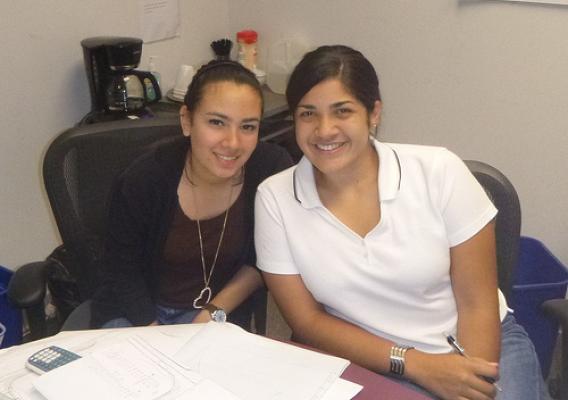Do you work at a port or international border where identifying potentially destructive agricultural pests is part of your job? Are you a student or teacher interested in learning more about potential and existing agricultural pests? Have you ever seen a creepy crawly thing in your backyard and wondered if it might be an invasive species? If you fit any of these descriptions, then ID Tools may be just what you need.
Created by USDA-APHIS’ Identification Technology Program (ITP), ID Tools helps agency staff to quickly identify pests, including insects, diseases, harmful weeds, and more, through an efficient, online database system. ID Tools currently includes more than 30 websites covering a vast array of pests and pests associated with specific commodities. These tools help to keep international cargo—and economic activity—moving as efficiently as possible at U.S. ports of entry. However, ITP’s ID Tools web site, which receives about 12,000 visitors a month, is not for experts alone.










